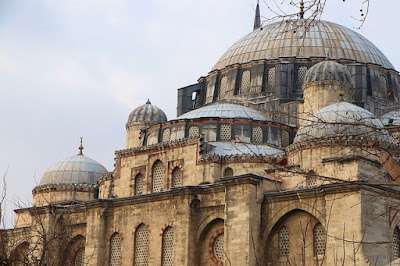1. Hagia Sophia remained the largest cathedral in the world for a span of thousand years, until the construction of Medieval Seville Cathedral in 1520.
2. The monument is considered the epitome of Byzantine architecture, because of its enormous dome.
3. Isidore of Miletus and Anthemius of Tralles were the designers of the monument.
4. The existing structure dates back to 532-537 AD. It was built on the instruction of the Byzantine Emperor Justinian.
5. It was in 1453 that Constantinople was conquered by the Ottoman Turks. Following this, Sultan Mehmed II ordered the building to be changed into the Ayasofya Mosque.
6. For 1000 years, the monument served as the patriarchal church of the Patriarch of Constantinople and the focal point of the Eastern Orthodox Church.
7. Hagia Sophia remained the principal mosque of Istanbul for about 500 years.
8. Under the rule of the Ottomans, Hagia Sophia attained Islamic features, such as the mihrab, the minbar, and the four minarets outside.
9. Hagia Sophia is also referred to as 'Saint Sophia', which means wisdom in Greek. The full name of Hagia Sophia is Church of the Holy Wisdom of God. The church was dedicated to the Holy Wisdom of God, rather than a specific saint named Sophia.
10. It was in 1935 that the first Turkish President - Mustafa Kemal Atatürk, converted the mosque into a museum.
11. Hagia Sophia has forty windows around the base of the dome. It is famous for the mystical quality of light that reflects everywhere in the interior of the nave.
12. The monument is universally acknowledged as one of the great buildings of the world.
13. The height of the present dome is also approximately twenty feet more than the original structure.
14. The dome of Hagia Sophia is shaped like a scalloped shell or the inside of an umbrella, with ribs that extend from its top, down to its base.
